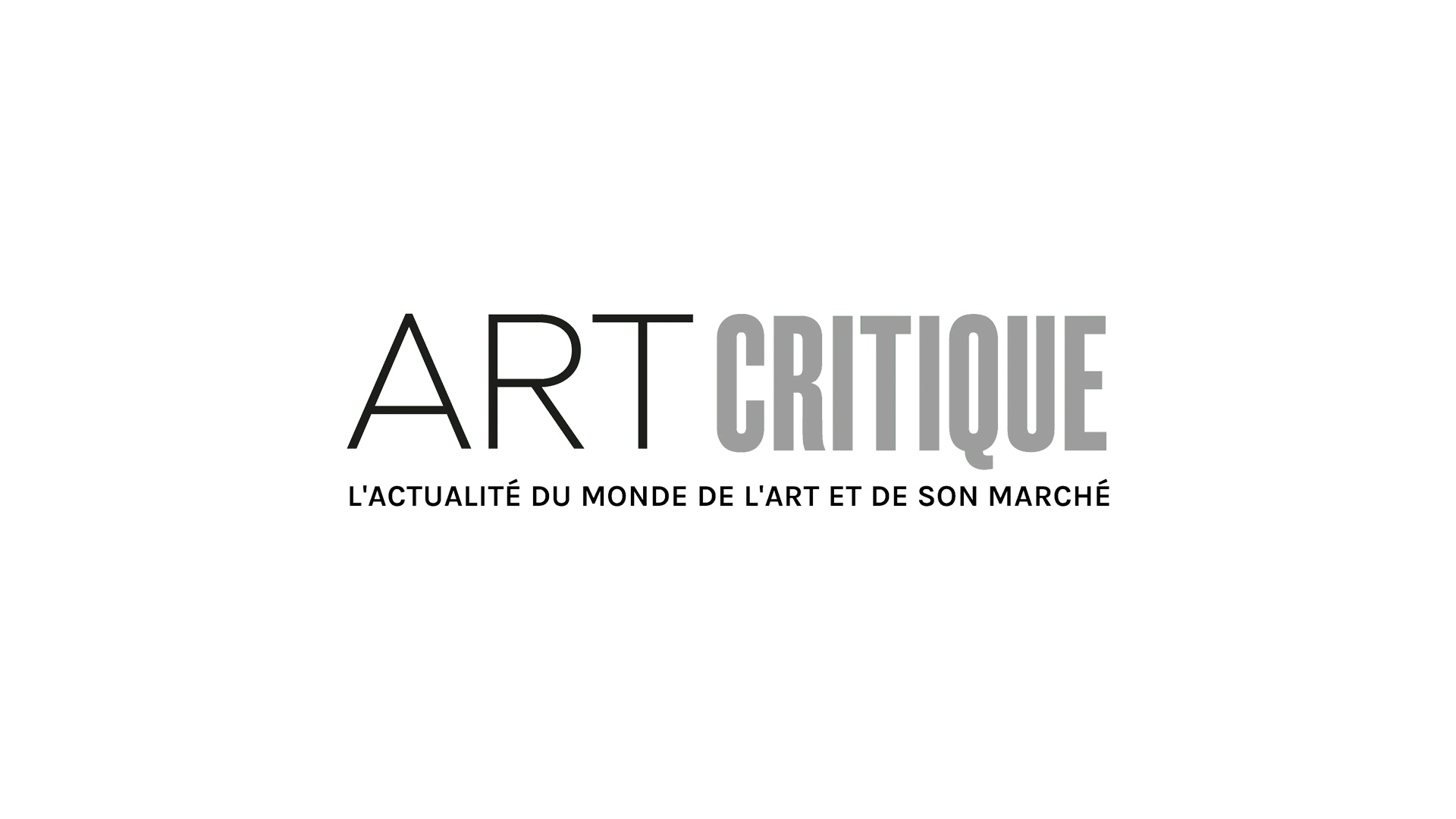
In 2015 the now famed Museum of Ice Cream opened in New York and the museum – and Instagram – world would never quite be the same. Visitors were immersed in a specific hue of pink and invited to wade through a pool of sprinkles. Each room offered a new backdrop for Instagram-worthy pics. The pop-up museum’s success, though somewhat baffling, made its way to Los Angeles, San Francisco, and Miami. Since, the museum sector has seen similarly styled (ball pits and all) museums debut across the globe including the Color Factory, Dream Machine, A. Human, and Rosé Mansion. Art Gallery of Ontario even used crowdfunding to acquire Infinity Mirror Room – Let’s Survive Forever, an installation work by famed artist Yayoi Kusama, after a 2018 exhibition drew in hundreds of thousands of Instagrammers.

So, is it really that big of a thing? Or is the ‘Instagram museum’ a fad? According to The Goods by Vox, the answer is a resounding ‘yes’ it’s a big thing and ‘no’, it’s not just a fad. For museum curators, the organization of museums keeps the same format; however, consideration for how the content of the museum might be photographed by visitors is a newly added facet. Additionally, interactive exhibitions that make visitors the central figure are on the rise. This has led to museums embracing photography as opposed to restricting the use of cameras in galleries. Five years ago, few museums allowed for photography to protect light-sensitive works and copyrights. However, these days it’s hard to find a museum that doesn’t allow photography let alone encourage it. The Renwick Gallery in D.C. was at the forefront of this shift in museum behaviour when they invited guests to take photos of their exhibition ‘Wonder.’ Despite this, some artists and galleries have in fact asked that viewers not take photos but this often does not deter every phone-wielding guest.

Since rules on photography have become lax and museums have made themselves more accessible through social media, they have seen numbers significantly increase – particularly when they have a more Instagram-friendly exhibition. Within six weeks of the opening of ‘Wonder,’ the Renwick Gallery welcomed more visitors into their galleries than they had in the entire previous year. When the National Building Museum hosted Snarkitecture’s The BEACH in 2015, their attendance saw a 30% increase in July and August alone. When the Hirshhorn hosted an Infinity Mirror Room by Kusama, their membership increased by over 6,500%. Similar results have manifested at other museums featuring works that focus on the viewer and their experience with the art around them.

While such numbers make museum development departments leap with joy, ‘Instagram museums’ do, in fact, change the way visitors interact with exhibitions according to new research. Instead of simply experiencing a moment in a museum, if we are considering taking a photograph of art, we immediately begin to think in terms of a photography and other aspects of social media (likes, selfies, etc.). According to a recent study by NYU Stern Professor Alixandra Barasch, who tracked the eyes of visitors to museums and famous sites across five experiments, those who took photos actually enjoyed the experience less than those who did not.
Ultimately, Instagram and the rise of the ‘Instagram museum’ have altered the way we approach museums and the way that museums are organized. Whether this is for better or worse has yet to be determined and will most likely hinge on who you talk to. In a TED Talk, Jia Jia Fei, digital director at the Jewish Museum in New York, summed up the phenomena perfectly: ‘In the pre-digital photography era, the message was: This is what I’m seeing. I have seen. And today, the message is: I was there. I came, I saw, and I selfied.’





